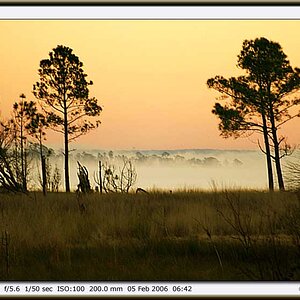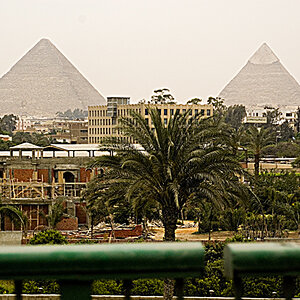Niels123
TPF Noob!
- Joined
- Jan 27, 2015
- Messages
- 17
- Reaction score
- 0
- Can others edit my Photos
- Photos NOT OK to edit
I do a lot of focus stacking at high magnifications. For this I have a setup with two Canon 600EX speedlites that are both powered by an Innovatronix external power supply that connects to a wall socket. The setup works fine, it is however quite tricky to do stacks at high power (1/4 up to 1/1) with several hundred up to a 1,000 photos / flashes. Despite that I set a extremely long delay (at high power usually maximum 2 to 4 flashes per minute), the LCD screen of the flashes often give the orange overheat-warning after several hundred flashes.
It would be nice to do these stacks at much much higher speed (from 2 to 20 photos per minute) without having the flashes being overheated or killed. I discovered the Nissin MG8000 which should be capable of firing hundreds of flashes without overheating and would be perfect for the job.
My questions are:
1) Who has experience with this particular flash? Would you recommend this?
2) Is there a possiblity to connect an external (non-battery) power supply? With so many flashes, using batteries is not really an option. The best would be to be able to use my current power supplies. I have an older model. The cable that connects to the flash and to the power supply can be detached at both ends. The connector from cable to power supply looks a bit like the old DIN-sytle mouse port, so maybe there is a cable available to connect this Nissin flash to my power supply?
Link to the power pack and to the flash:
PHOTOGRAPHY EQUIPMENT Power Supply Adaptors for Small Flashes Tronix SpeedFire For Canon Flashes Universal EU Model
Nissin MG8000 Extreme Flash for Canon Cameras NDMG8000-C B H
Thanx!
Niels
It would be nice to do these stacks at much much higher speed (from 2 to 20 photos per minute) without having the flashes being overheated or killed. I discovered the Nissin MG8000 which should be capable of firing hundreds of flashes without overheating and would be perfect for the job.
My questions are:
1) Who has experience with this particular flash? Would you recommend this?
2) Is there a possiblity to connect an external (non-battery) power supply? With so many flashes, using batteries is not really an option. The best would be to be able to use my current power supplies. I have an older model. The cable that connects to the flash and to the power supply can be detached at both ends. The connector from cable to power supply looks a bit like the old DIN-sytle mouse port, so maybe there is a cable available to connect this Nissin flash to my power supply?
Link to the power pack and to the flash:
PHOTOGRAPHY EQUIPMENT Power Supply Adaptors for Small Flashes Tronix SpeedFire For Canon Flashes Universal EU Model
Nissin MG8000 Extreme Flash for Canon Cameras NDMG8000-C B H
Thanx!
Niels



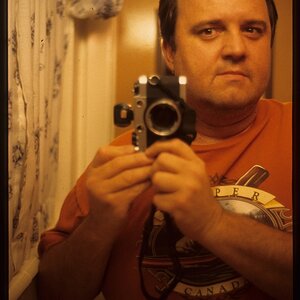
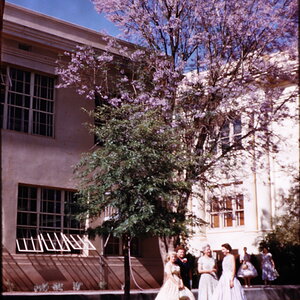
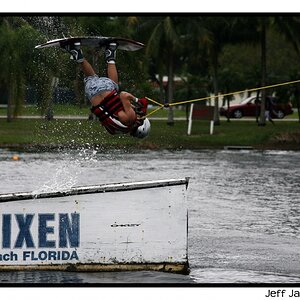
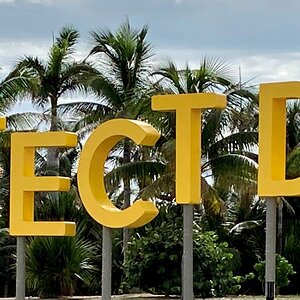
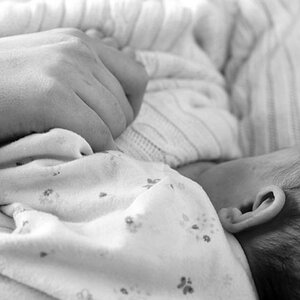
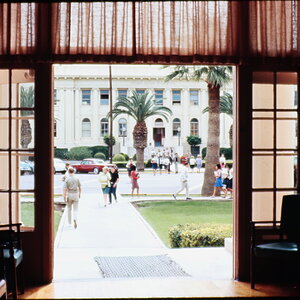
![[No title]](/data/xfmg/thumbnail/36/36421-843e629a8c32ff091e337e6880f0c323.jpg?1619737565)
![[No title]](/data/xfmg/thumbnail/36/36423-4f4abd5f32da2219d4967c7a13b07a8c.jpg?1619737566)
